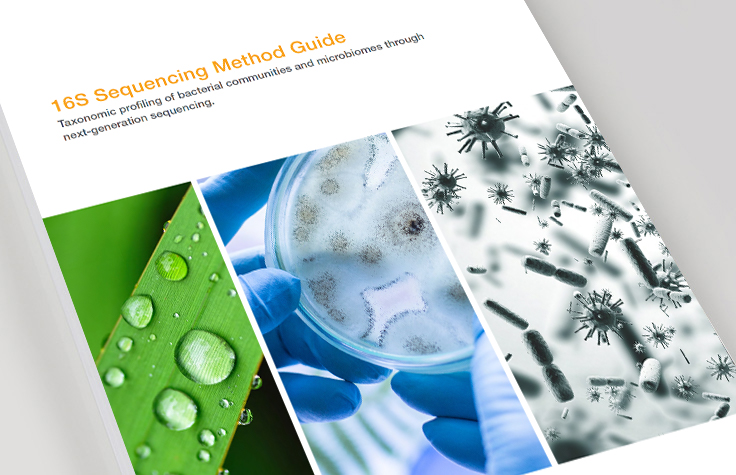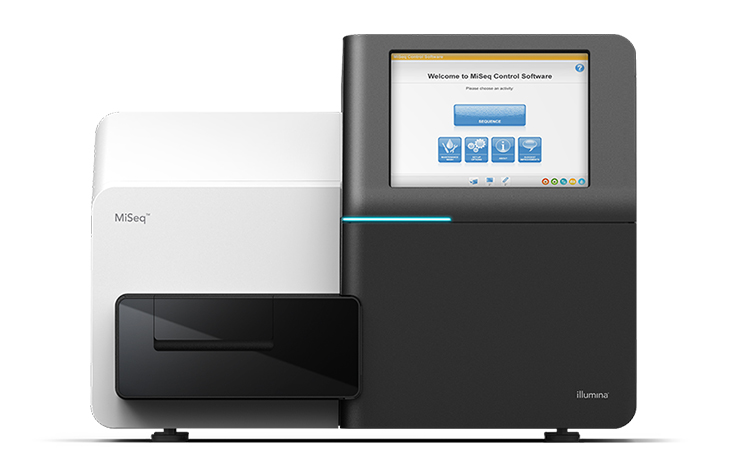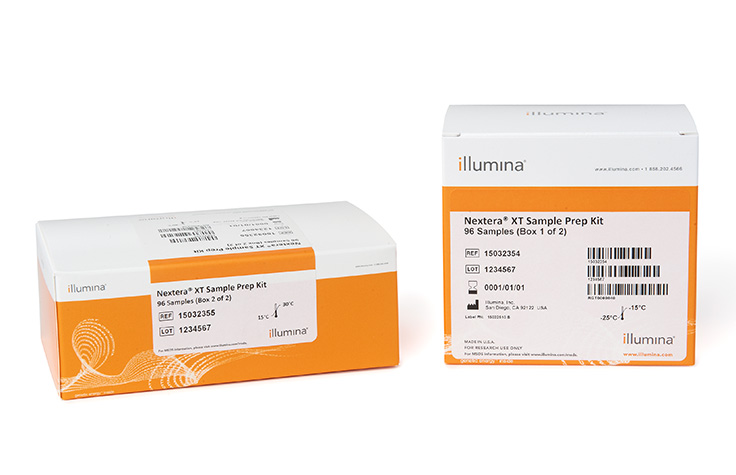16S and ITS rRNA Sequencing
What Are 16S and ITS rRNA Sequencing?
16S and Internal Transcribed Spacer (ITS) ribosomal RNA (rRNA) sequencing are common amplicon sequencing methods used to identify and compare bacteria or fungi present within a given sample. Next-generation sequencing (NGS)-based ITS and 16S rRNA gene sequencing are well-established methods for comparing sample phylogeny and taxonomy from complex microbiomes or environments that are difficult or impossible to study.
The prokaryotic 16S rRNA gene is approximately 1500 bp long, with nine variable regions interspersed between conserved regions. Variable regions of the 16S rRNA gene are frequently used for phylogenetic classification of genus or species in diverse microbial populations.1 The ITS1 region of the rRNA cistron is a commonly used DNA marker for identifying fungal species in metagenomic samples.2

16S Sequencing Method Guide
Amplicon-based next-generation sequencing of the 16S gene offers several advantages over capillary sequencing or PCR-based approaches. Learn how it works with this guide to 16S sequencing methods.
Advantages of NGS-Based ITS and 16S rRNA Analysis
A key benefit of 16S and ITS ribosomal RNA NGS methods is that they provide a cost-effective technique to identify strains that may not be found using traditional methods. Unlike capillary sequencing or PCR-based approaches, next-generation sequencing is a culture-free method that enables analysis of the entire microbial community within a sample.
16S rRNA NGS allows microbiologists to achieve genus-level sensitivity for metagenomic surveys of bacterial populations. ITS analysis with NGS enables rapid fungal identification to help advance our understanding of the mycobiome. Furthermore, NGS offers the ability to combine multiple samples in a sequencing run.
Scientists Discuss 16S rRNA Sequencing
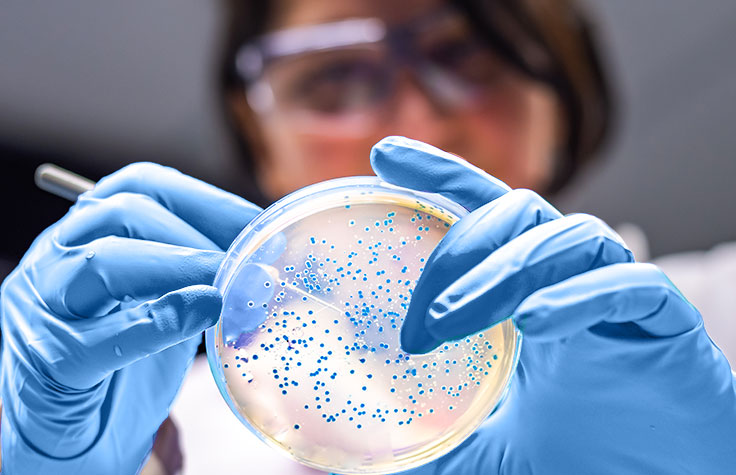
The Mysterious World of Microbes
Phil Hugenholtz, PhD explains the difference between 16S rRNA and shotgun metagenomic sequencing, and describes how NGS has made a difference in his research.
Read InterviewApplications of 16S and ITS rRNA Sequencing
16S Metagenomics for Bacterial Identification and Comparison
Using the 16S metagenomics workflow with the iSeq 100 System, you can achieve genus-level sensitivity for surveys of bacterial populations.
Read Application NoteFungal Sequencing and Classification for Mycobiome Research
Get genus-level detection of fungi in diverse sample types with the ITS metagenomics workflow.
Read Application NoteMicrobiology Methods Guide
All the information you need, from library preparation to final data analysis. Select the best tools for a broad range of microbiology applications for your laboratory.
Access Guide
Demonstrated 16S and ITS rRNA NGS Protocols
16S rRNA Sequencing Protocol
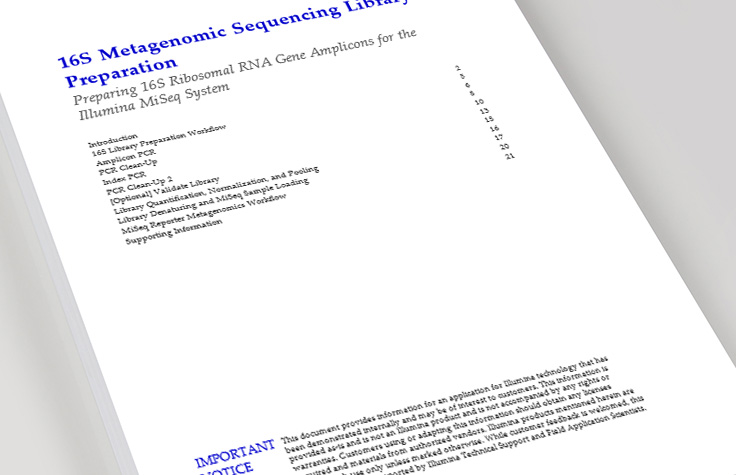
View a demonstrated protocol and FAQs for bacterial 16S rRNA amplicon sequencing, as well as example data sets from libraries generated with the protocol and run on the MiSeq System.
View ProtocolITS rRNA Sequencing Protocol
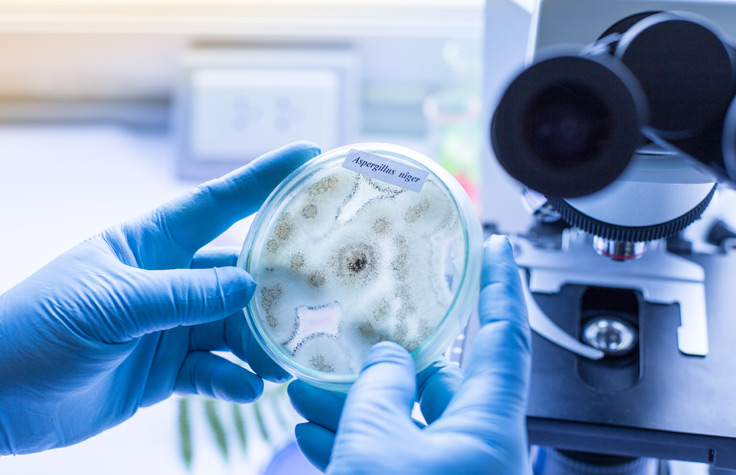
View a demonstrated protocol for analyzing fungal or metagenomic samples that includes primer sequences and provides a recommended data analysis workflow.
View ProtocolMicrobes and Metagenomics Research Review
Metagenomics is one of the fastest-growing scientific disciplines. This document highlights peer-reviewed publications that apply Illumina sequencing technologies to metagenomics research.
Access PDF
Workflow for ITS and 16S rRNA Sequencing
Illumina offers products to support NGS-based 16S and ITS rRNA analysis studies, from library preparation to data analysis and interpretation. Our user-friendly workflow can help take the guesswork out of your experiments.
Click on the below to view products for each workflow step.
Multiplex samples to drive greater sample throughput.
Affordable, fast, and accessible sequencing power for targeted or small genome sequencing in any lab.
Speed, accuracy and simplicity for far-reaching applications in microbiology.
BaseSpace Apps for taxonomic classification
16S MetagenomicsPerforms taxonomic classification of 16S rRNA targeted amplicon reads using an Illumina-curated version of the GreenGenes taxonomic database.
DRAGEN Metagenomics PipelinePerforms taxonomic classification of reads and provides single sample and aggregate reporting.
Frequently Purchased Together
Related Methods
Shotgun Metagenomic Sequencing

This method involves comprehensively sampling all genes in all organisms present in a given complex sample. It allows microbiologists to evaluate bacterial diversity and detect the abundance of microbes in various environments.
Environmental DNA Sequencing

eDNA sequencing is an emerging method for studying biodiversity and monitoring ecosystem changes. For some sample types, using a combination of 16S or ITS sequencing with other approaches can help uncover the full breadth of diversity in an ecological sample.
16s rRNA Sequencing FAQs
Interested in receiving newsletters, case studies, and information on microbial genomics? Enter your email address.
Featured Products
Additional Resources

16S rRNA Sequencing and the American Gut Project
Illumina NGS is enabling "citizen science" metagenomics studies of the human microbiome.
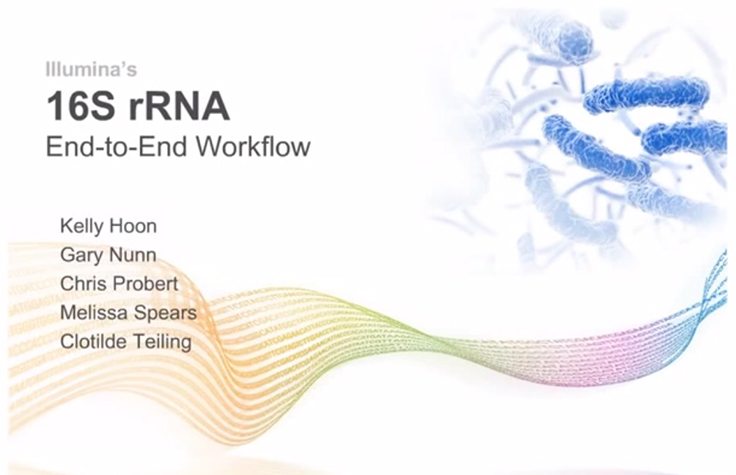
16S rRNA Sequencing Workflow Video
A detailed look at our demonstrated 16S rRNA analysis workflow, including data visualization and success stories.
References
- Weisburg WG, Barns SM, Pelletier DA, Lane DJ. 16S ribosomal DNA amplification for phylogenetic study. J Bacteriol. 1991;173(2):697–703
- Schoch CL, Seifert KA, Huhndorf S, et al. Nuclear ribosomal internal transcribed spacer (ITS) region as a universal DNA barcode marker for Fungi. Proc Natl Acad Sci. 2012;109(16):6241-6
- The Human Microbiome Project Consortium (2012) Structure, function and diversity of the healthy human microbiome. Nature 486:207–14.
- McCafferty J, Mühlbauer M, Gharaibeh RZ, Arthur JC, Perez-Chanona E., et al. (2013) Stochastic changes over time and not founder effects drive cage effects in microbial community assembly in a mouse model. ISME Journal doi: 10.1038/ismej.2013.106.
- Schoch CL, Seifert KA, Huhndorf S, et al. Nuclear ribosomal internal transcribed spacer (ITS) region as a universal DNA barcode marker for Fungi. Proc Natl Acad Sci. 2012;109(16):6241-6.
